
Waterproofing Chemicals for Roofs: Process, Benefits and Safety
Published: 05 Sep 2023 | Modified: 09 Jun 2025

Create Your Dream Home With Our Painting Experts
Fill the form below to book a free site evaluation by Nerolac Nxtgen painting Services expert
Making a structure water-resistant through the process of waterproofing helps to lower indoor humidity levels and minimises damage from water exposure. Using the right waterproofing chemical for concrete and cement constructions is equally vital to ensuring the structural longevity of the property. As a result, we have put together a list of the top waterproofing products and chemicals that can help you use the right waterproofing method for your spaces.
1. Introduction To Waterproof Chemicals
Waterproofing chemicals are like superheroes for our products and properties, shielding them from water's sneaky attempts to cause trouble. Think of them as magical mixtures, carefully crafted to stand guard against leaks and make sure our things last longer. They team up with materials like cement, plastics, colours, and paints, turning them into a powerful force against water damage. Meet the stars of the show: polyethylene, polyurethanes, polysulfide sealants, elastomeric coatings, and acrylic polymers. These champs are known for their water-repelling abilities and can be used in cool ways like making special membranes, adding coatings, or even becoming an integral part of materials. Imagine membranes that act like invisible shields, stopping water from sneaking in. Coatings are like superhero suits for surfaces, making them invincible to water's tricks. And then there are integral systems, where these special chemicals become part of the team, making materials naturally water-resistant. So, the next time you see a strong building or a long-lasting paint job, remember that behind the scenes, waterproofing chemicals are working their magic to keep everything safe and sound.
2. Benefits of Using Waterproof Chemicals
Using waterproofing compounds offers a range of significant benefits, especially when it comes to protecting areas like terraces. You may be sure of excellent results when you search for the best waterproofing chemical for your patio. Here are some reasons why using the proper waterproofing compound can really make a difference:
-
Long-Lasting Protection :
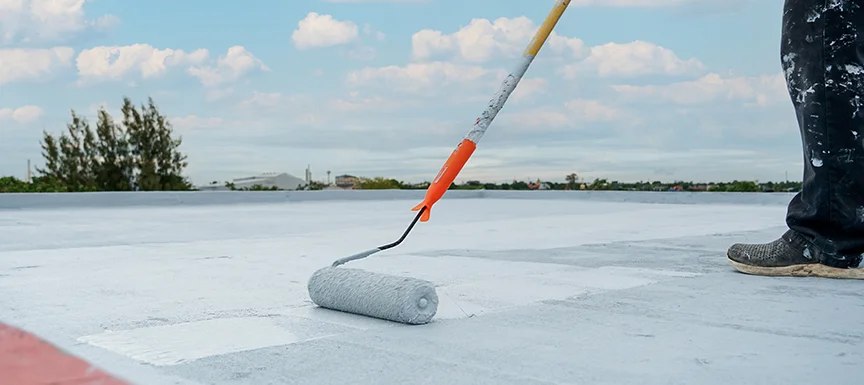
Long-Lasting Protection The right waterproofing compound acts as a shield, preventing water from seeping into the structure. This ensures that your patio is protected for a considerable amount of time against water-related harm.
-
Enhancing Durability :
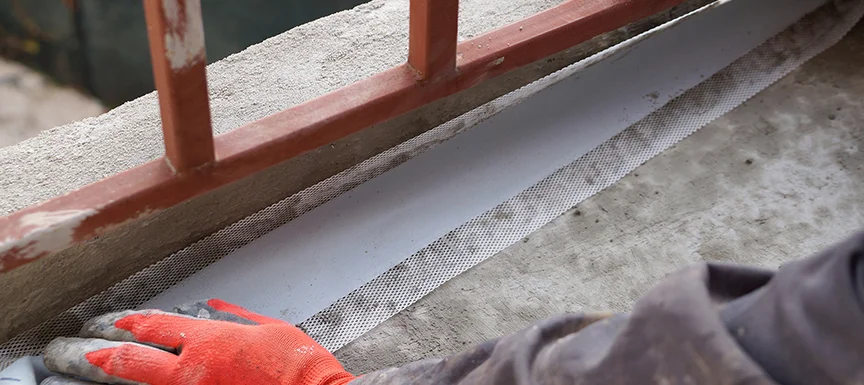
Enhancing Durability Your terrace's durability is increased when the best waterproofing agent is applied on it. The compound creates a strong barrier that protects the terrace from the elements and daily wear and tear.
-
Leak Prevention :
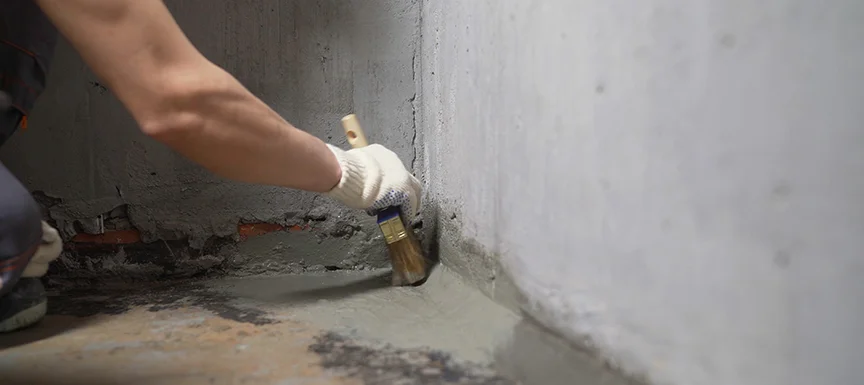
Leak Prevention Waterproofing compounds are designed to seal cracks and gaps effectively. As a result, your terrace will stay dry and free from water intrusion during rainy seasons.
-
Reduced Maintenance Cost :
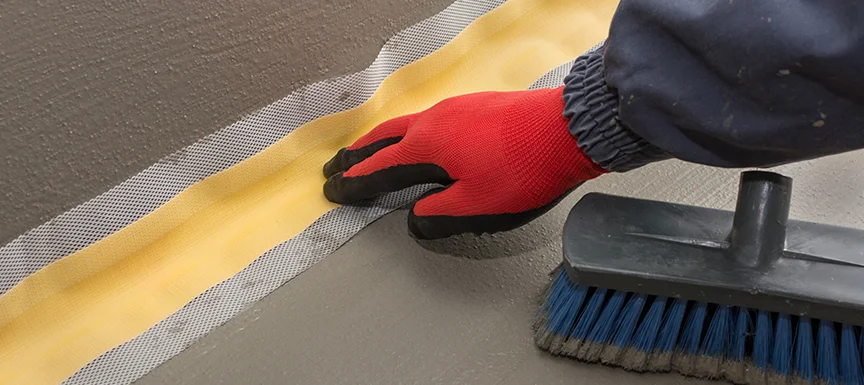
Reduced Maintenance Cost Waterproofing solutions reduce the frequency of repairs and maintenance by minimising water damage and leaks. Long-term cost savings result from this.
-
Resistance to Mould and Mildew
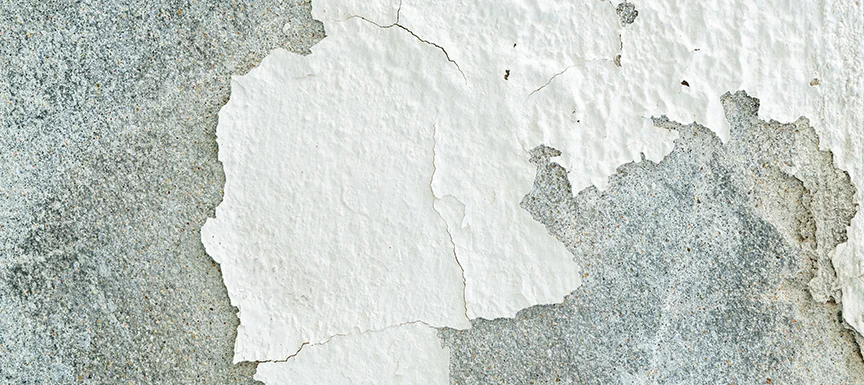
Resistance to Mould and Mildew Water intrusion can result in the growth of mould and mildew, which can be dangerous to human health and destructive to the structure. These problems are less likely to happen in an environment created by waterproofing materials.
3. How to Choose the Right Waterproof Chemical for You?
Choosing the right waterproofing chemical, whether for your roof or terrace, involves considering several factors to ensure effective protection and lasting results. Here's a step-by-step guide to help you make the best choice:
-
Assess Your Needs :
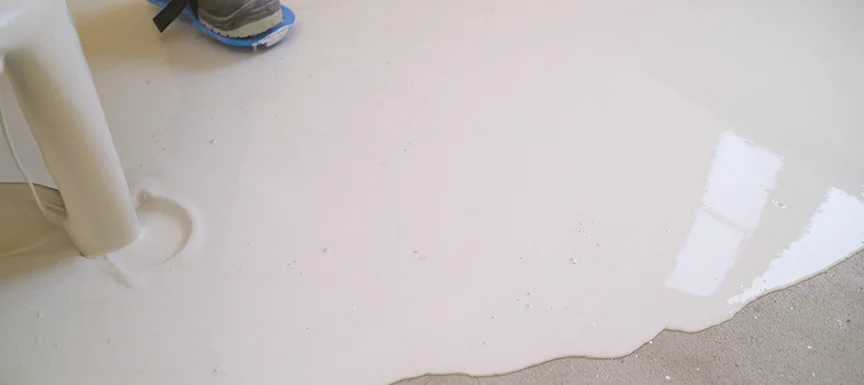
Assess Your Needs Begin by evaluating the specific requirements of your project. Are you looking for a waterproofing chemical for a roof or a terrace? Identify the area's exposure to weather conditions, water sources, and potential vulnerabilities.
-
Material Compatibility :
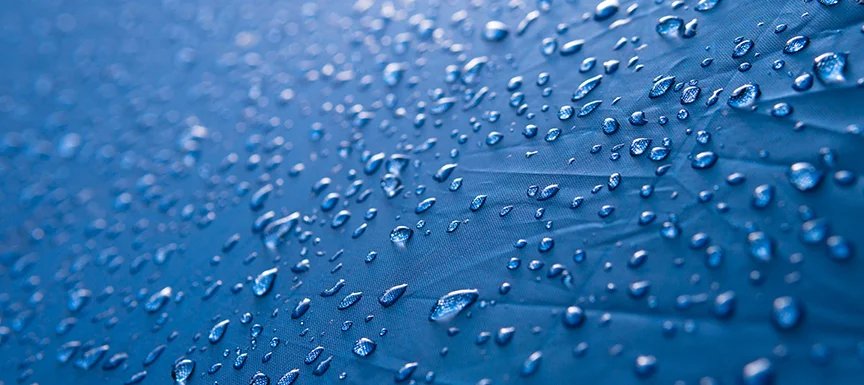
Material Compatibility Check whether the chosen waterproofing compound is compatible with the material of your roof or terrace. Different compounds may work better with specific surfaces, so ensure a harmonious match.
-
Durability :
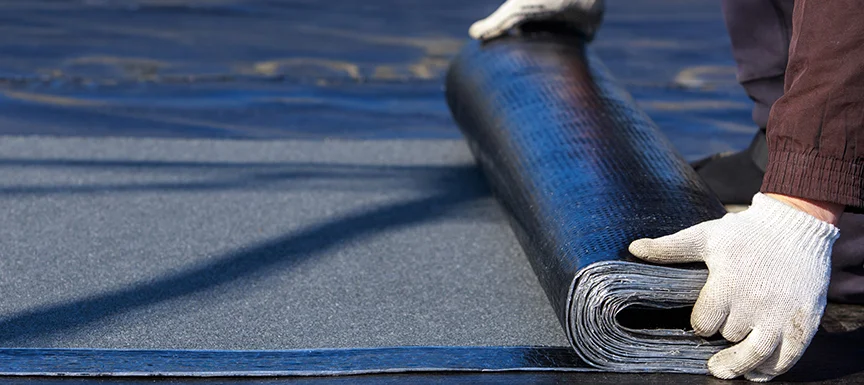
Durability Prioritise a waterproofing chemical that offers long-lasting protection. Durability is crucial to avoid frequent reapplication and ensure consistent defence against water damage.
-
Application Ease :
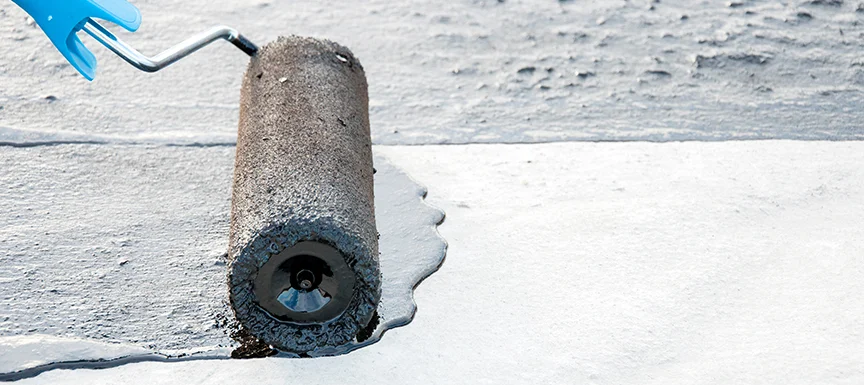
Application Ease Evaluate the ease of application. Some compounds require professional installation, while others are DIY-friendly. Choose a solution that aligns with your expertise and resources.
-
Maintenance :
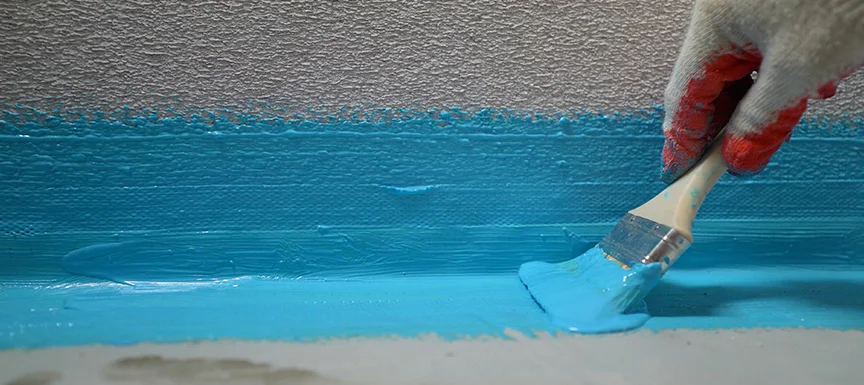
Maintenance Research the maintenance requirements associated with the chosen waterproofing compound. Opt for a solution that demands minimal upkeep, saving you time and effort in the long run.
4. Application Instructions
By following these steps and adhering to the manufacturer's guidelines, you can effectively apply waterproofing chemicals to protect your home from water damage and enhance its longevity. Keep in mind that proper surface preparation, application technique, and attention to detail are essential for successful waterproofing.
-
Read Instructions and Understand the Guidelines from the Manufacturer :
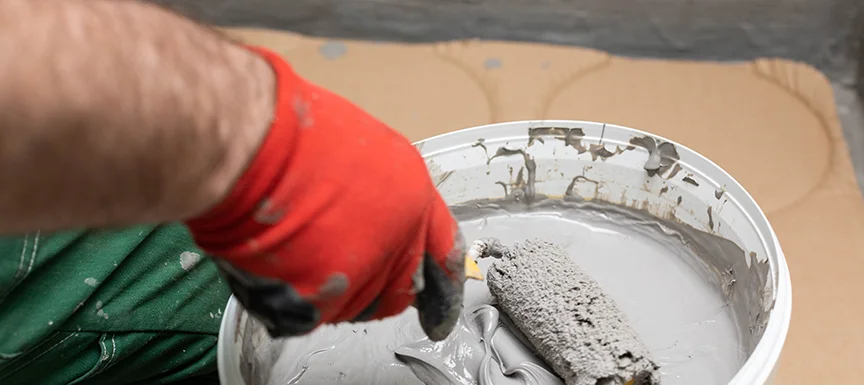
Read Instructions and Understand the Guidelines from the Manufacturer Carefully go through the instructions provided on the label or packaging of your chosen waterproofing chemical. It's essential to grasp the manufacturer's recommendations and specifications to ensure the most effective application for your specific needs.
-
Priming (If Required) for Enhanced Adhesion :
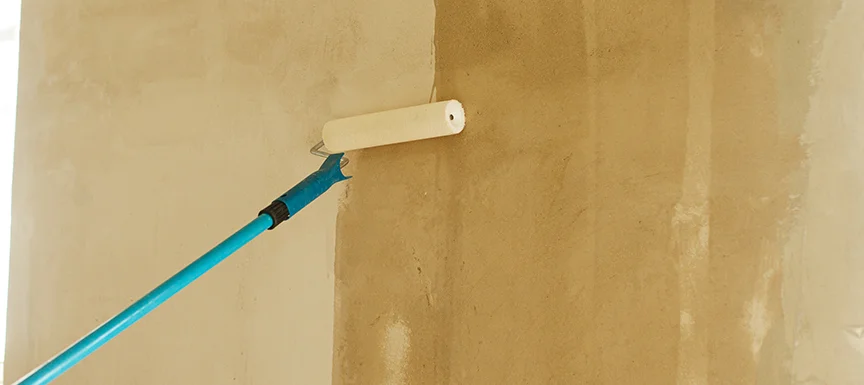
Priming (If Required) for Enhanced Adhesion In some cases, particular waterproofing chemicals might work better with a primer. The primer acts as a bridge, enhancing the bond between the surface and the waterproofing chemical. Adhere to the manufacturer's guidelines for primer application. After applying the primer, allow it to dry completely according to the specified time frame before moving on.
-
Mixing (If Applicable) as Per Manufacturer's Ratios :
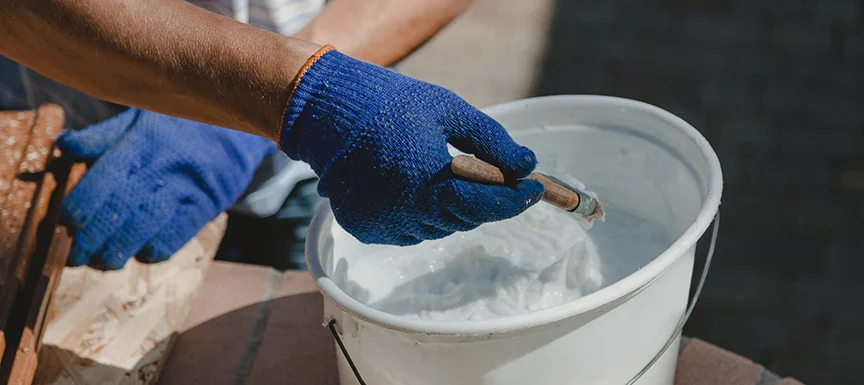
Mixing (If Applicable) as Per Manufacturer's Ratios If your selected waterproofing chemical requires mixing, make sure to follow the mixing ratios provided by the manufacturer. Proper mixing ensures the uniform dispersion of essential components, which contributes to the compound's overall performance. Use the recommended tools and techniques for accurate mixing.
-
Choose the Right Application Method for Your Surface :
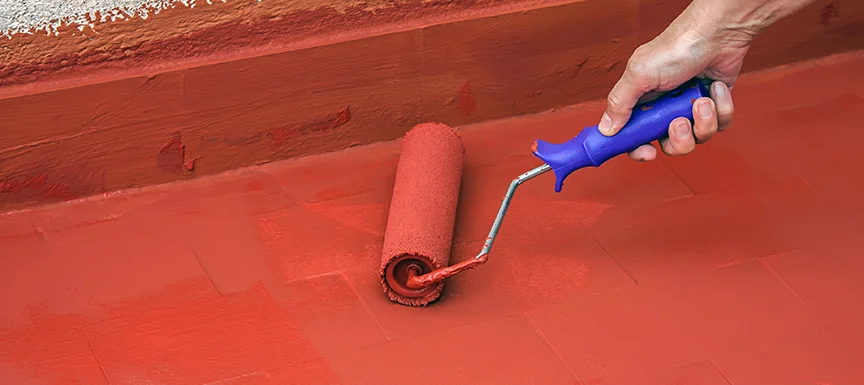
Choose the Right Application Method for Your Surface Different surfaces may require different application methods to achieve the best results. Whether it's brushing, rolling, or spraying, choose the method that suits your surface type and the manufacturer's suggestions. This tailored approach ensures the even distribution of the waterproofing chemical, optimising its protective capabilities.
-
Achieving the Correct Coat Thickness for Maximum Effectiveness :
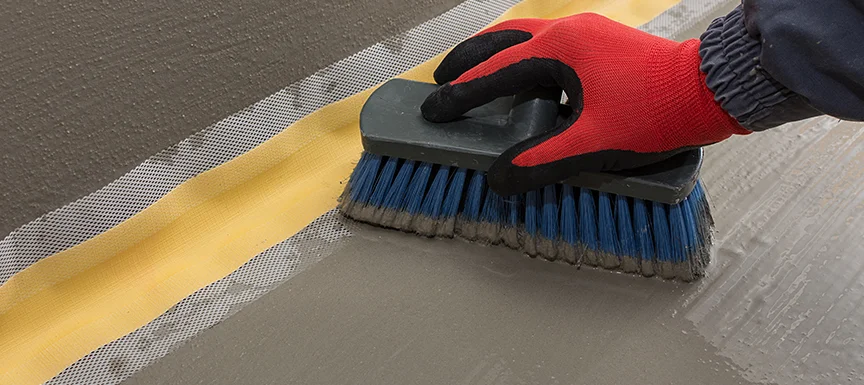
Achieving the Correct Coat Thickness for Maximum Effectiveness The thickness of the applied waterproofing chemical layer is crucial for its efficiency. Follow the manufacturer's guidelines to apply the recommended coat thickness. This ensures that the chemical forms a robust barrier against water intrusion while maintaining its integrity during the drying process.
-
Ensuring Proper Overlap for Multiple Coats :
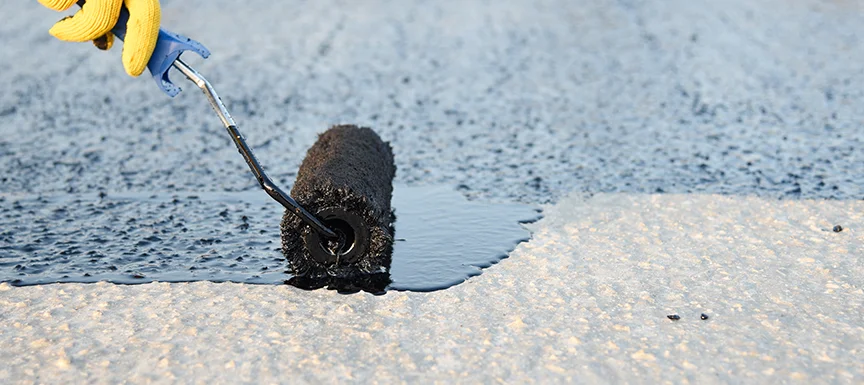
Ensuring Proper Overlap for Multiple Coats If you're applying multiple coats of the waterproofing chemical, maintain proper overlap between each coat. Overlapping guarantees that no gaps are left uncovered, providing comprehensive protection against moisture and leaks. Refer to the manufacturer's directions to determine the suitable overlap measurement.
By following each step of the application process with great care and paying close attention to the manufacturer's advice, you're setting the stage for your waterproofing chemical to work its magic. Think of it as a recipe: when you follow each instruction precisely, you end up with a dish that's truly delicious.
Also Read: Protect Your Home With These Waterproofing Methods & Solutions
5. Safety Precautions When Applying Waterproof Chemicals
Here are the safety precautions for applying waterproofing chemicals:
-
Utilise Protective Gear :
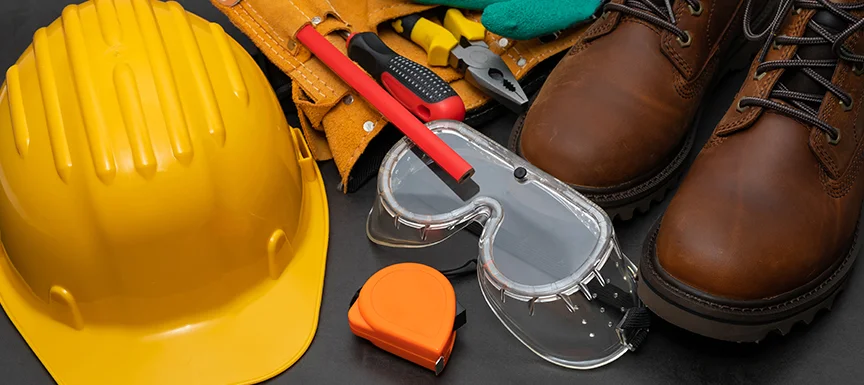
Utilise Protective Gear Prioritise your safety by employing the necessary protective gear, including gloves, safety goggles, a mask, and appropriate attire. This safeguards your skin, eyes, and respiratory system from potential interaction with the waterproofing chemicals.
-
Work in a Well-Ventilated Space :
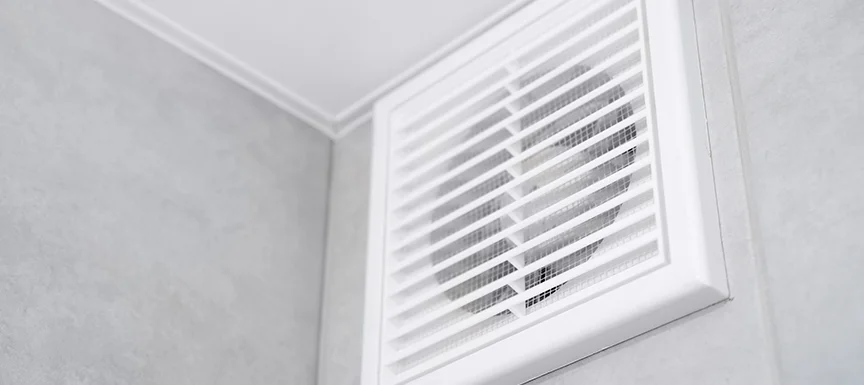
Work in a Well-Ventilated Space Ensure sufficient ventilation in the area where you are working with the waterproofing chemicals. Adequate airflow aids in dispersing any emitted fumes or vapours during the application process. In indoor settings, consider employing fans or opening windows and doors to uphold the circulation of air.
-
Familiarise Yourself with Manufacturer's Guidelines :
Thoroughly acquaint yourself with the manufacturer's safety instructions and guidelines provided on the product's label or packaging. These instructions offer invaluable insights into safe handling, application techniques, and recommended protective measures.
-
Prevent Skin and Eye Contact :
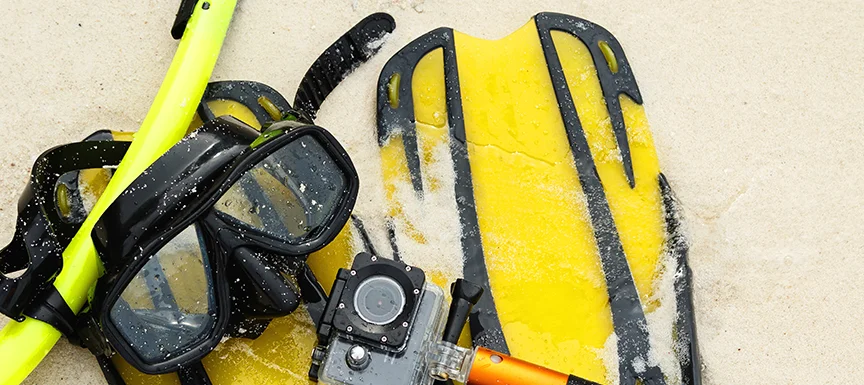
Prevent Skin and Eye Contact Avert direct contact with the waterproofing chemical by donning gloves and safety goggles. Should skin contact occur inadvertently, cleanse the affected area immediately with water and soap. In the event of the chemical coming into contact with your eyes, rinse them with water for a minimum of 15 minutes and seek medical attention.
6. Maintenance Tips for Keeping Your Home Protected with Waterproof Chemicals
By following these guidelines, you're ensuring that the surfaces treated with the chosen waterproofing chemical or the best waterproofing chemical for your terrace stay robustly protected. This proactive maintenance approach prolongs the efficacy of the waterproofing compound, safeguarding your spaces from potential water-related issues.
-
Regular Inspections
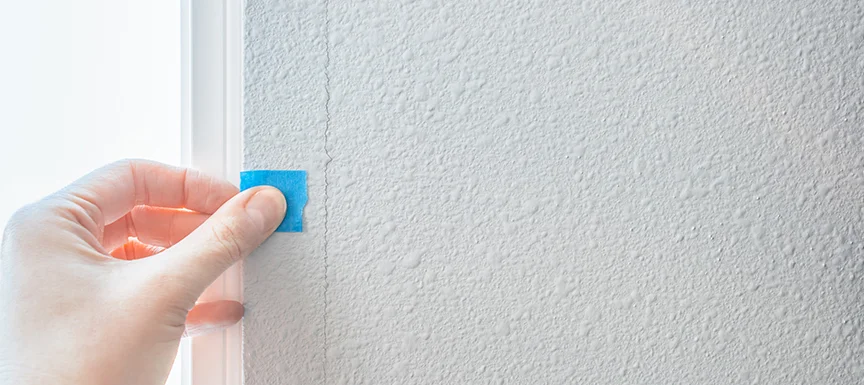
Regular Inspections Perform regular inspections on the surfaces treated with waterproofing chemicals, especially those treated with the best waterproofing chemical for your terrace or the chosen waterproofing compound for your roof. Look for any indications of wear, cracks, or vulnerable spots where water might find its way in. Detecting problems early on is crucial to prevent more severe damage.
-
Prompt Repairs
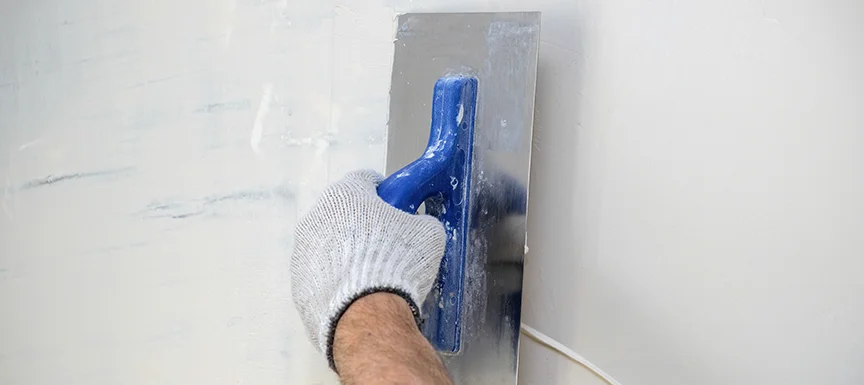
Prompt Repairs Immediately address any signs of deterioration or damage that you observe. Act promptly to maintain the integrity of the barrier. If cracks or holes are present, patch them up and consider reapplying the waterproofing agents as required. This proactive approach ensures that your chosen waterproofing compound or water proofing chemical remains effective.
-
Clear Drainage System
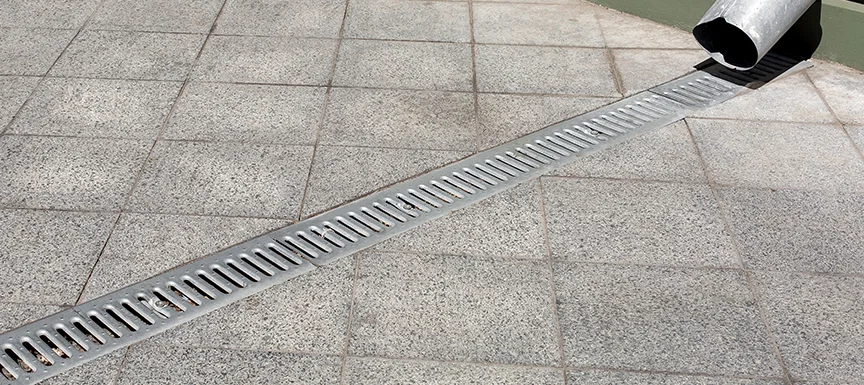
Clear Drainage System Ensure that your drainage systems are unobstructed and functioning properly. This applies whether you've used the best waterproofing chemical for your terrace waterproofing or a water proofing chemical for your roof. Keep gutters, downspouts, and drainage pathways clear. By doing so, you prevent water accumulation that might compromise the effectiveness of your waterproofing efforts.
-
Timely Reapplication
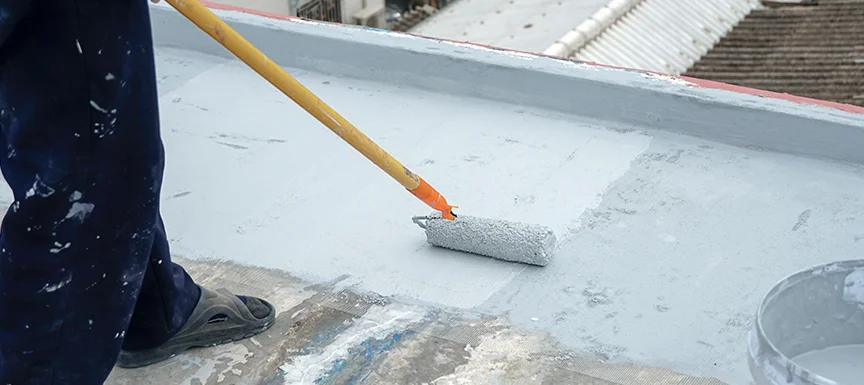
Timely Reapplication Due to exposure to various weather conditions, the efficacy of waterproof chemicals can diminish over time. Whether you've used the best waterproofing chemical for your terrace or the recommended waterproofing compound for your roof, it's important to stay vigilant. Follow the manufacturer's instructions regarding reapplication to ensure that the protective shield is consistently maintained.
7. Alternatives to Using Waterproof Chemicals
It's crucial to give careful consideration to waterproofing structures as it establishes a formidable shield over foundations, roofs, and walls, effectively guarding against water intrusion. Let's delve into some common materials utilised for waterproofing in construction.
-
Cementitious Waterproofing
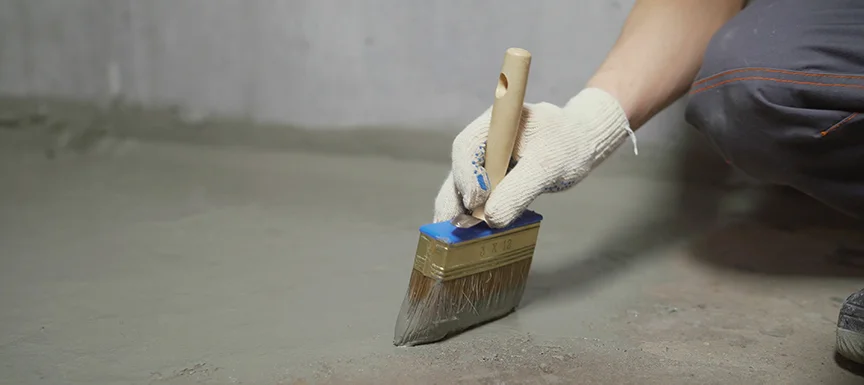
Cementitious Waterproofing This approach is notably straightforward as the necessary materials are readily available from suppliers dealing with masonry products. Additionally, they're easily mixed and applied within interior wet areas like bathrooms. It's worth noting that this method doesn't undergo contraction and expansion due to its lack of exposure to weathering and sunlight. Cementitious waterproofing finds utility in scenarios such as waterproof deck coatings for bridges, dams, sewage and water treatment plants, and tunnels.
-
Liquid Waterproofing Membrane
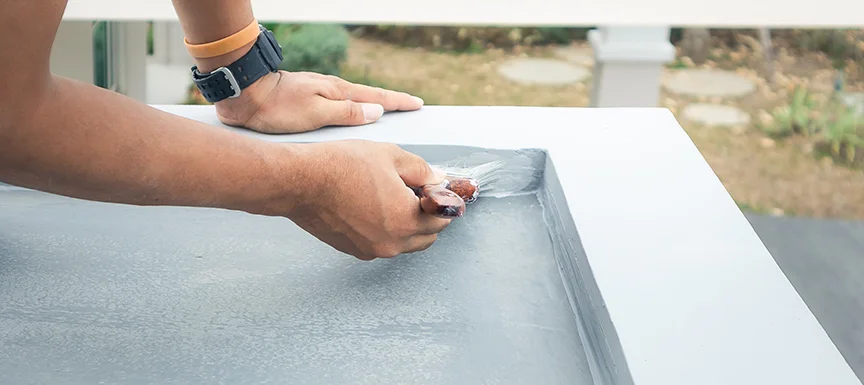
Liquid Waterproofing Membrane This type of coating involves a primer coat and a couple of top coats applied via methods like rolling, spraying, or troweling. Unlike cementitious waterproofing, this offers heightened flexibility. Upon curing, it transforms into a rubbery coating on surfaces. In fact, the elongation properties of this method can reach up to 280 percent, contingent upon the type of polymer employed for the liquid waterproofing.
-
Bituminous Coating Waterproofing
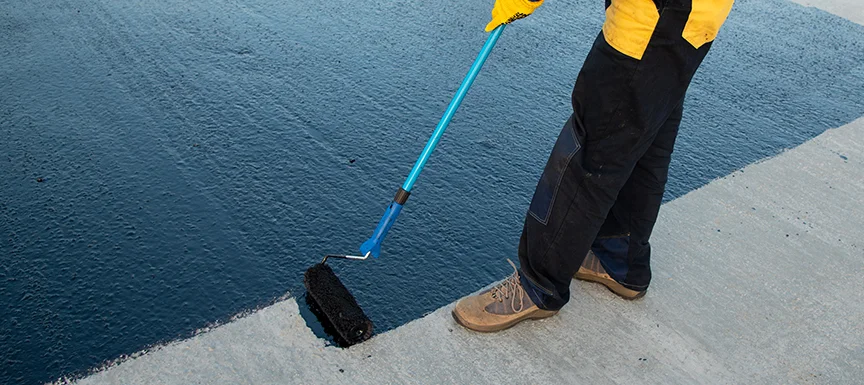
Bituminous Coating Waterproofing Employing bituminous coating offers another avenue for waterproofing structures. Its polymer grade and reinforcement with fibres confer flexibility and water resistance. Commonly referred to as asphalt coating, it performs exceptionally well on concrete foundations. Nevertheless, it's important to note that the bitumen-based components of this coating might become less suitable when exposed to sunlight over time. Flexibility can be enhanced by incorporating more adaptable materials like acrylic or polyurethane-based polymers.
-
Bituminous Membrane Waterproofing
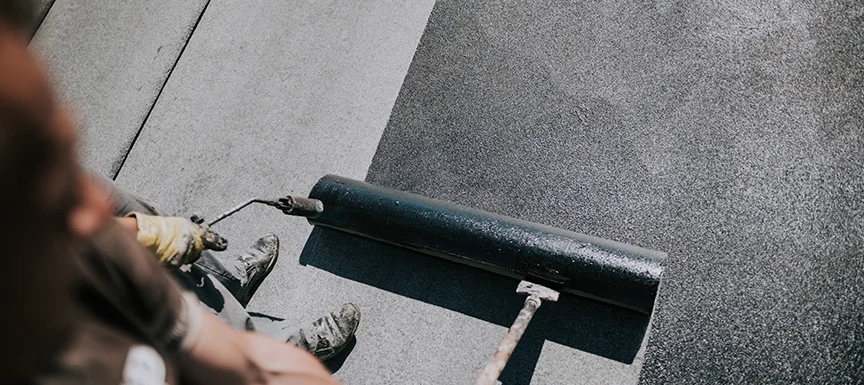
Bituminous Membrane Waterproofing Opting for a waterproof deck coating leads to the consideration of this method, which has proven its mettle for low-sloped roofs due to its reliable performance. It's self-adhesive by virtue of its asphalt, filler, and polymer composition. Certain oils and resins are also added to augment adhesion. This type encompasses both covered and exposed torch-on membranes. The latter is capable of withstanding weathering-related wear and tear due to its mineral granular aggregate.
-
Polyurethane Liquid Membrane Waterproofing
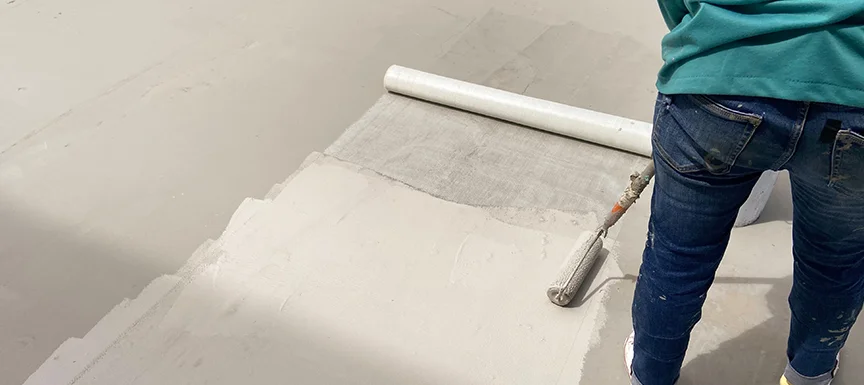
Polyurethane Liquid Membrane Waterproofing Another avenue in waterproofing is the application of polyurethane liquid membrane, albeit being a relatively higher-cost option. It's typically employed in flat roof areas and those subject to weather exposure. Nonetheless, this type of waterproofing offers significant flexibility, though polyurethane can be sensitive to moisture content. Hence, it's vital to assess the moisture content of the concrete slab prior to application. Failure to do so might lead to the membranes experiencing debonding or peeling over time.
In a comprehensive manner, these methods cover a range of areas requiring waterproofing, from bathrooms and kitchens to basements, balconies, decks, green roofs, swimming pools, walls, and water tanks, among others. Therefore, a suitable waterproofing method can be determined based on the specific context. It's also advisable to consult professionals to ensure that the chosen approach aligns with best practices.
Also Read: Choose The Best Waterproofing Materials For Your House
8. Different Applications for Each Type of Chemical
Here are the different applications for each of the waterproofing chemicals mentioned:
Certainly, here are the different applications for each of the waterproofing chemicals mentioned without the keyword focus:
-
Cementitious Waterproofing
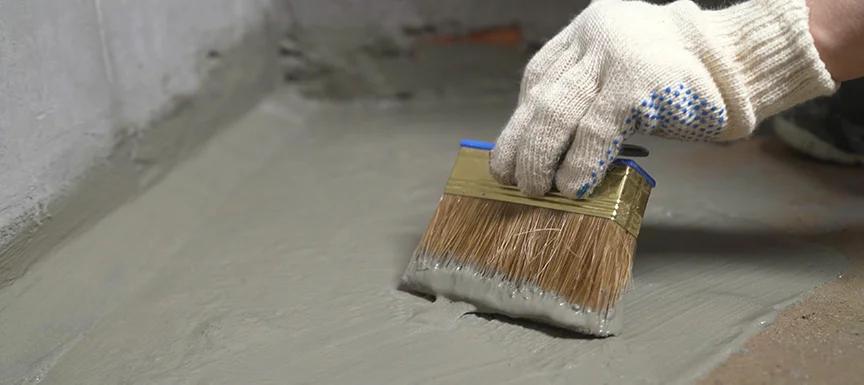
Cementitious Waterproofing Cementitious waterproofing is commonly used to protect internal wet areas like bathrooms and toilets. It can be applied on surfaces such as walls and floors to prevent water penetration.
-
Liquid Waterproofing Membrane
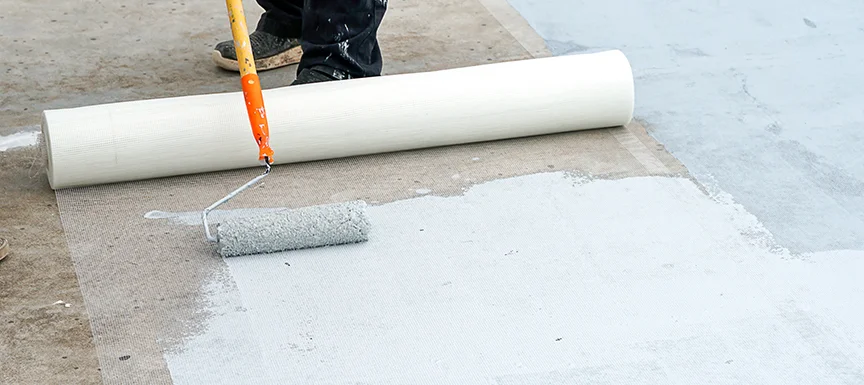
Liquid Waterproofing Membrane Liquid waterproofing membrane is versatile and can be applied to various surfaces, including roofs, balconies, and walls. It is often used in both residential and commercial buildings for its flexibility and ability to form a rubbery coating.
-
Bituminous Coating Waterproofing
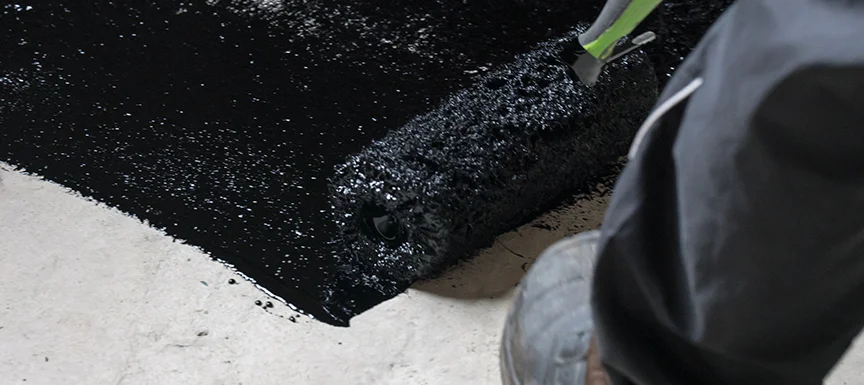
Bituminous Coating Waterproofing Bituminous coating waterproofing is commonly used for concrete foundations due to its water resistance and flexibility. It is applied on surfaces to create a protective layer against water intrusion.
-
Bituminous Membrane Waterproofing
Bituminous membrane waterproofing is often applied to low-sloped roofs. It is used in areas where reliable water resistance is crucial, such as flat roofs and low-sloped structures.
-
Polyurethane Liquid Membrane Waterproofing
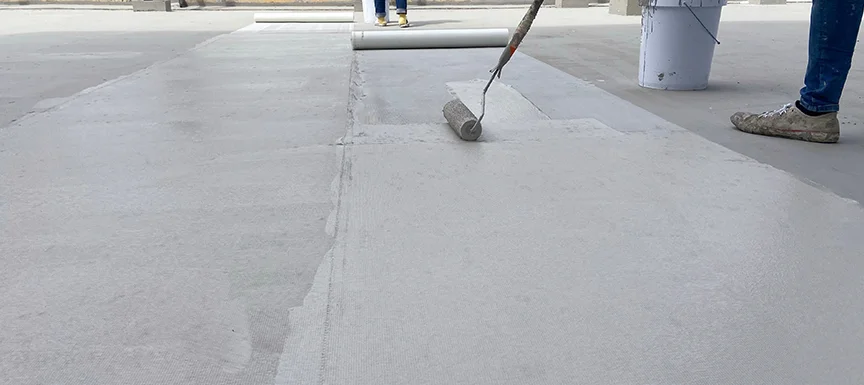
Polyurethane Liquid Membrane Waterproofing Polyurethane liquid membrane waterproofing is commonly used on flat roof areas exposed to weathering. It provides flexibility and is used where long-lasting water protection is required.
Remember that the choice of waterproofing chemical and its application should be based on the specific requirements and characteristics of the project or structure you are working on.
Also Read: Liquid Waterproofing: A Monsoon Season Guide to Safeguard Your House
9. Conclusion
Throughout this blog, the true importance of waterproofing chemicals in shielding structures from water's reach has become crystal clear. These invaluable solutions, with their diverse materials and techniques, play a vital role in fortifying foundations, roofs, and walls, ensuring resilience in the face of moisture-related issues. From the easy accessibility of cementitious waterproofing, perfect for keeping internal wet areas safe, to the adaptability of liquid waterproofing membrane, which offers both flexibility and protection on various surfaces, each approach brings something special to the table. Bituminous coating waterproofing and bituminous membrane waterproofing have shown themselves as strong contenders, excelling in distinct areas – the former in concrete foundations and the latter as a reliable choice for low-sloped roofs.
While the polyurethane liquid membrane may carry a higher cost, it provides unmatched flexibility for flat roofs exposed to the elements. The diversity and specificity of these techniques underscore the tailored approach needed to tackle the unique requirements of different settings and structures. As we look back on the exploration of waterproofing choices and considerations, it's clear that selecting the best waterproofing chemical for a terrace or the right waterproofing compound for a roof depends on a thorough assessment. Truly grasping the strengths and limitations of each method leads to the best outcomes. In the grand scheme of things, waterproofing chemicals remain essential players in the endurance and strength of buildings. By choosing the appropriate waterproofing chemical that suits the specific needs of your project – whether it's for a terrace, roof, or any other critical area – you're contributing to creating spaces that can confidently face water-related challenges. The power of the best waterproofing chemical isn't just about protection; it's about the reassurance that comes from knowing you've proactively shielded your investments and spaces for the long haul.
Nerolac Paints, a leading paint company in India offers a wide range of wall paint colours & painting services & solutions for homes & offices.

Colour Combination for Walls: 10 Beautiful House Colour Combination Ideas
A Guide To Trending Colour Combinations For Walls With Images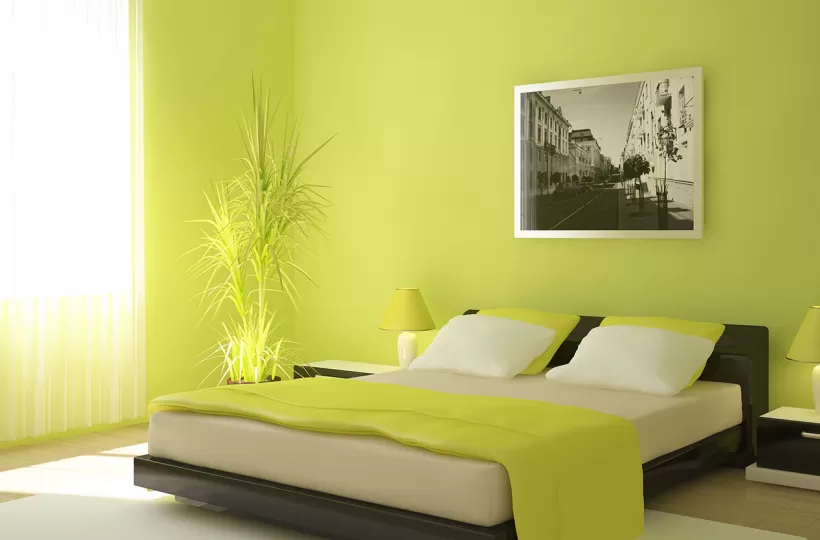
Best Green Colour Combinations for Walls – Schemes & Design Ideas
Green Colour Combinations
What Colours Match with Blue? 14 Colour Combinations with Blue for Your Home
Blue is a universally popular colour for décor and design
-
Recent Blogs
Get in Touch
Looking for something else? Drop your query and we will contact you.
-

Pastel Colours: The Ultimate Guide to Embracing the Perfect Palette Previous Blog Pastel Colours: The Ultimate Guide to Embracing the Perfect Palette -

What are the Best Waterproofing Materials? All Types, Uses and Features Next Blog What are the Best Waterproofing Materials? All Types, Uses and Features
Get in Touch
Looking for something else? Drop your query and we will contact you.
Get in Touch
Looking for something else? Drop your query and we will contact you.


